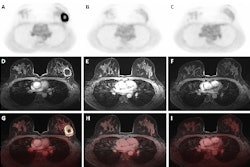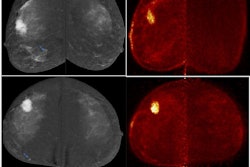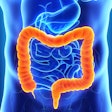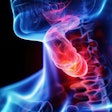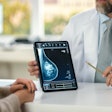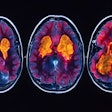More in Home
Support grows for 5-year CTC screening interval
October 3, 2025
French radiology goes ahead with strike action
October 1, 2025
IMRT comparable to proton therapy for throat cancer
October 1, 2025
Are clinical examinations really dead?
September 30, 2025
Women who skip first mammogram more likely to die of breast cancer
September 29, 2025
EUSOBI 2025 studies focus on transgender breast care
September 29, 2025
Growth opportunities mount for molecular imaging
September 29, 2025
Radiologists deem AI x-ray reports clinically acceptable
September 26, 2025
How much can you save by switching off surplus CT units?
September 25, 2025
Is it time to ditch physical exams before ultrasound?
September 24, 2025
Tributes flow for interventional pioneer Plinio Rossi
September 24, 2025











